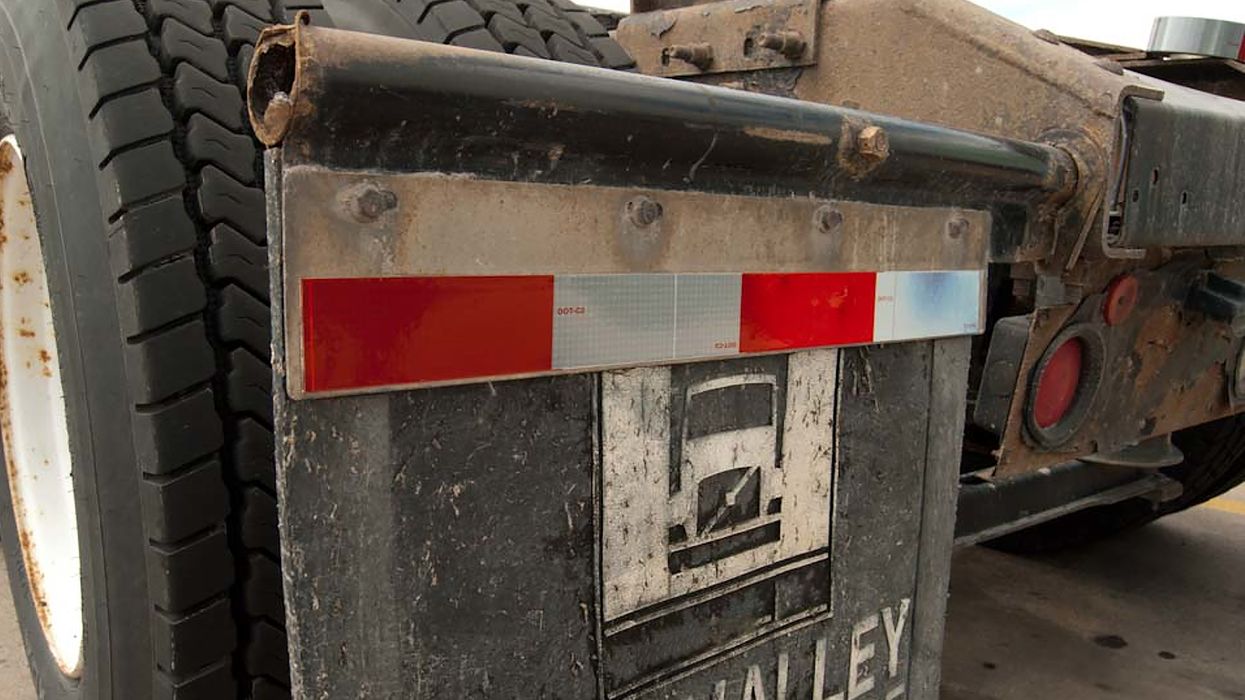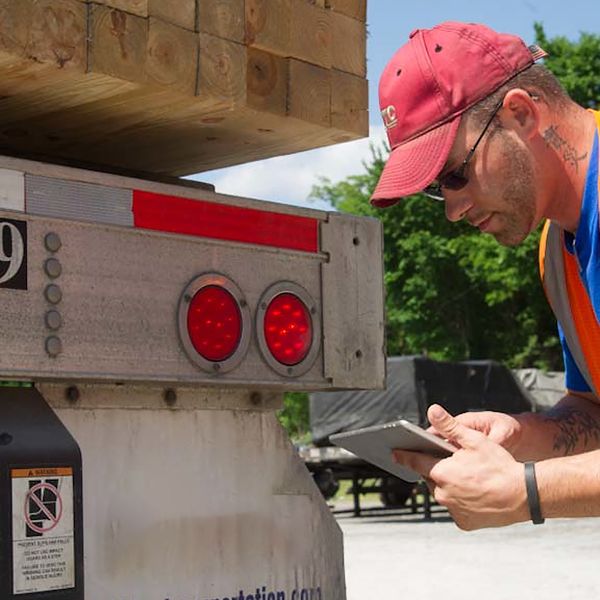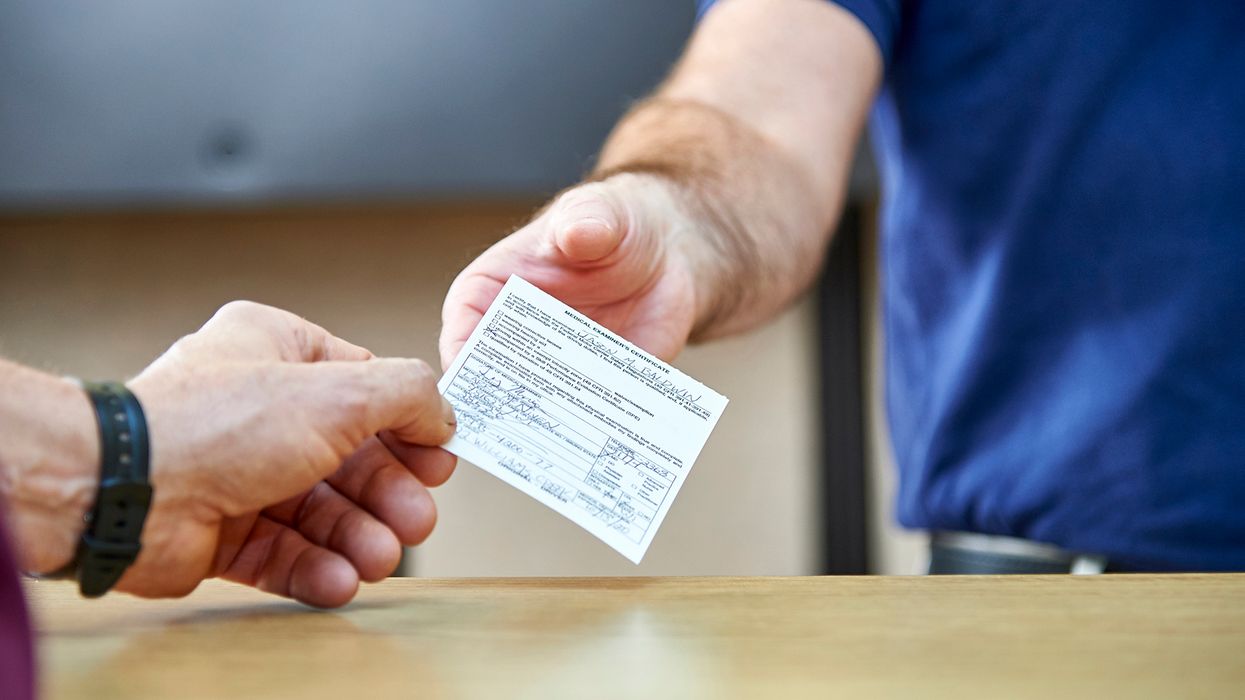Check on compliance: Bobtail reflective tape
It’s not unusual for drivers to be cited for having the wrong (or no) reflective tape on the back of a Class 8 tractor. Violations that are “hidden” when a trailer is attached become obvious when bobtailing.
Are your trucks in compliance?
Enforcement officers often cite 393.11 for reflective taping violations on a bobtailing tractor, but the actual requirements are found in another, cross-referenced rule, 571.108.
You might recognize Part 571 as among the rules that vehicle manufacturers have to follow, but don’t be fooled: motor carriers must generally maintain their vehicles to those same standards.
Within 571.108, the tractor marking requirements can be found in paragraph S8.2.4, Conspicuity system installation on truck tractors.
Two sets of tape
The rules require two sets of reflective materials on the back of a tractor. One set is the white tape (or reflectors) that marks the upper corners, and the other is the red/white tape (or reflectors) often placed on or near the mudflaps.
Upper corners — The white tape marking the upper corners of the cab must consist of two 12-inch strips per corner, one placed vertically and one horizontally, as close to the upper corners as possible. Make sure they remain visible from the rear; no more than 25 percent may be obscured by equipment.
Mudflap — Here you’ll need one 24-inch strip of alternating red and white reflective tape per side, placed as horizontally as possible, to mark the vehicle’s width as seen from the rear.
- Find a location as close as possible to the side edges of the rear. This could be on the fenders, the mudflaps, the mudflap support brackets, or on plates attached to those support brackets.
- If you do put tape on the mudflaps, put it near the top (no farther than about 12 inches from the top edge).
- If the tractor has temporary mudflap support brackets, avoid them by placing the strips directly on the mudflaps or on plates that you can transfer to permanent mudflap support brackets.
- If the tractor has no mudflaps, you can mount the strips “outboard” of the frame, on brackets behind or ahead of the rear axle and above the top of the rear tires.
- If no other options are available, you can mount them to the back of the cab. However: (a) They must be as close as possible to the outer edges, above the top of the tires, and no more than 60 inches above the road surface when the vehicle is empty; and (b) when viewing the tractor from the rear, you must be able to see at least 75 percent of their combined area (that is, no more than 25 percent can be obscured by equipment).
Compliance tip: Reflective tape is designed to prevent crashes, but it does no good if no one can see it. Dirt, grime, and wear can significantly reduce its effectiveness, and is a violation of 392.33, Obscured lamps or reflective devices/material. Keep all reflective tape clean and replace it when necessary so it continues to meet the standards outlined here.
What about straight trucks?
The reflectivity requirements do not apply to straight trucks. Reflective tape or reflectors may be added as a safety enhancement, however, as long as it does not interfere with any required lights or equipment.
















































